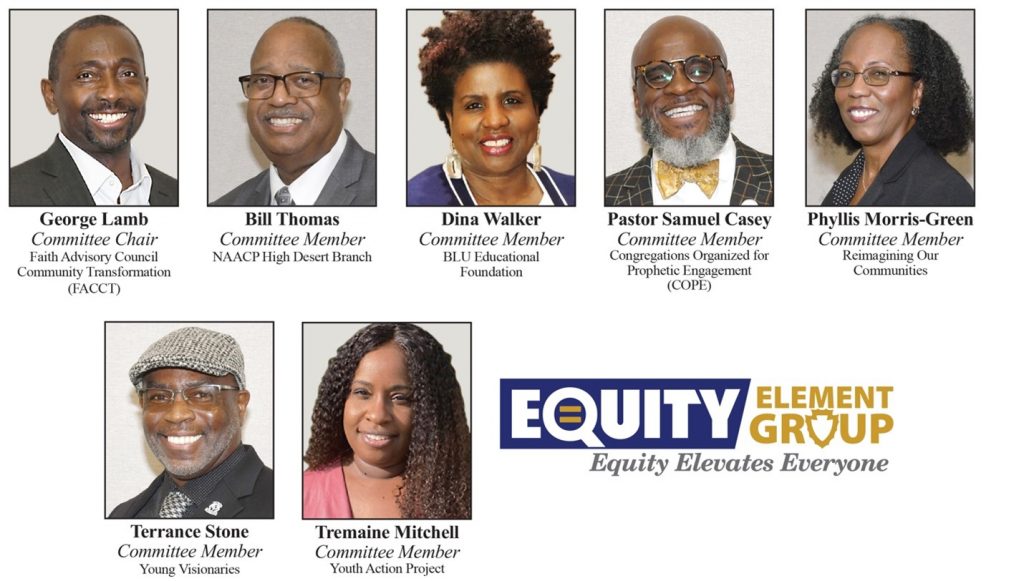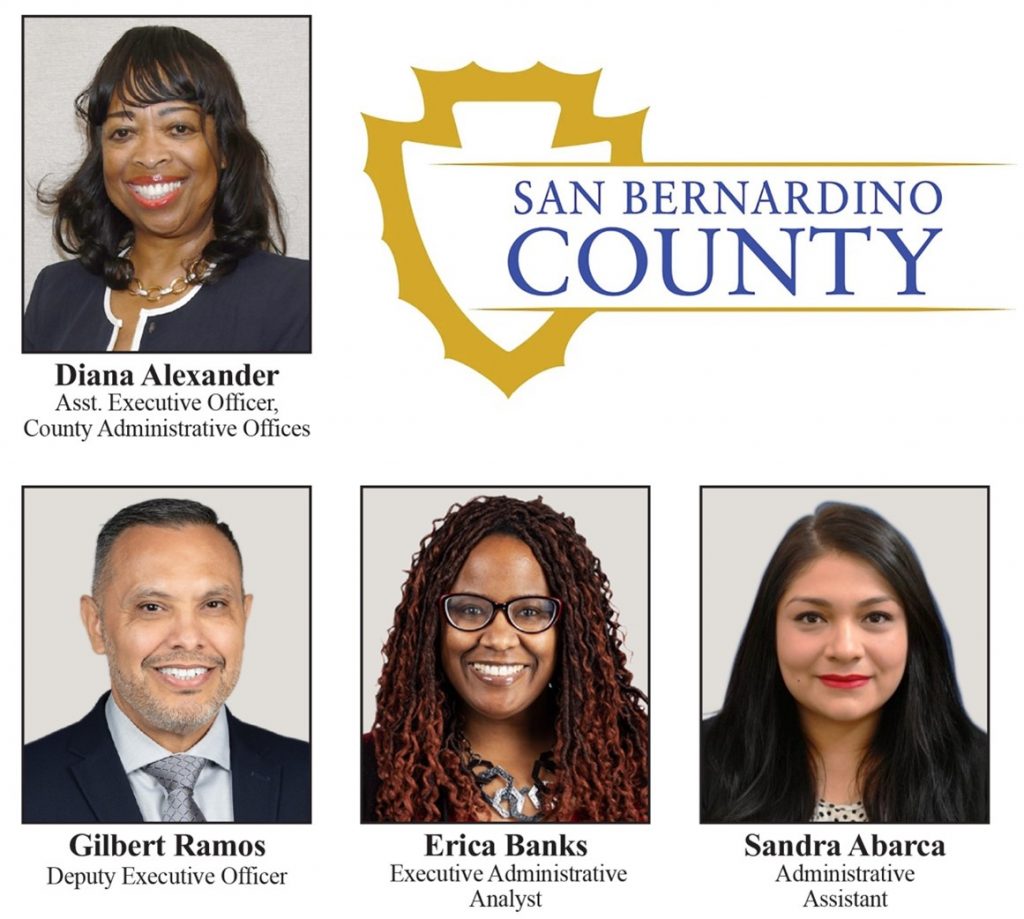SACRAMENTO—Assemblymember James C. Ramos (D-San Bernardino) today announced he will be serving for the first time as a member of the Assembly Public Safety Committee. He will continue to serve as chairperson of Budget Subcommittee #6 that also deals with state funding of public safety concerns. Budget subcommittee jurisdictions include California Department of Corrections and Rehabilitation, the Judicial Branch, the Department of Justice, the Office of Emergency Services, the Board of State and Community Corrections, the Commission on Peace Officer Standards and Training, the California Victims Compensation Board, the California Military Department, and the Office of the State Public Defender.
“I thank Speaker Rivas for the opportunity to serve on these two committees that offer the opportunity to work in key posts to further the safety of all Californians,” Ramos said.
The legislator noted that since his election he has worked on a number of public safety issues such as retail theft and endorsed Proposition 36, which modified the decade-old Proposition 47 by increasing criminal penalties for some drug and theft crimes. “Prop 36” was overwhelmingly approved by more than 68 percent. Ramos has also worked to reduce the sale of illegal substances to minors on social media, victims’ rights notifications, safe vessel operation, tiny home fire safety, increasing the availability of fentanyl test strips and funding of fentanyl overdose response teams, reducing the likelihood that persons facing life sentences are freed on bail without good cause, and encouraging more students to seek help for substance abuse issues.
Ramos, the first and only California Native American to serve in the Legislature, has also worked tirelessly on effort to increase safety on tribal reservations plagued by a disproportionate number of missing persons and violence. Through legislation and the budget he initiated additional resources to the State Attorney General and Department of Justice for improved data collection, law enforcement training, and tribal outreach. He also authored legislation that created a new tool for law enforcement such as the Feather Alert, a public notification system similar to the Amber Alert and used when Native Americans are missing. This year he is attempting to allow tribal law enforcement to obtain state peace officer status under certain conditions. Peace officer status for tribal officers would assist both reservations and neighboring non-tribal jurisdictions.
“Over the years as a tribal council chair and member, as a county supervisor member and leader, and now as an assemblymember, I have been fortunate to enjoy close working relationships and collaboration with my district sheriff, police chiefs, district attorneys and judges as well as my constituents. As we confronted the issue of opioid abuse, parents and students joined me at town halls to share their concerns and suggestions. Their suggestions were helpful in successfully introducing legislation,” Ramos stated.
Ramos, elected to the Assembly in November 2018, said, “My focus is on prevention and ensuring that law enforcement and others have the tools they need to protect and serve, and that in the aftermath of tragedy, our people have the tools to access the care and services they need to overcome heartbreaking physical and emotional devastation.”
###
Assemblymember James C. Ramos proudly represents the 45th Assembly district that includes the Cities of Fontana, Highland, Mentone, Redlands, Rialto and San Bernardino. He is the first and only California Native American serving in the state’s legislature. Ramos chairs the Assembly Budget Subcommittee #6 on Public Safety.
 Westside Story Newspaper – Online The News of The Empire – Sharing the Quest for Excellence
Westside Story Newspaper – Online The News of The Empire – Sharing the Quest for Excellence

